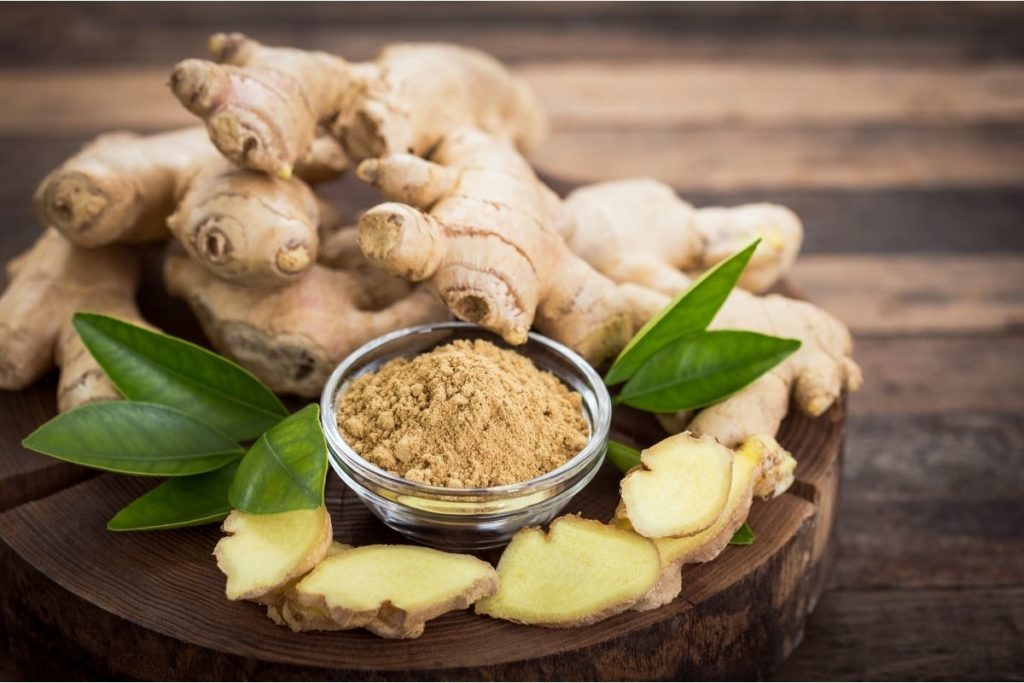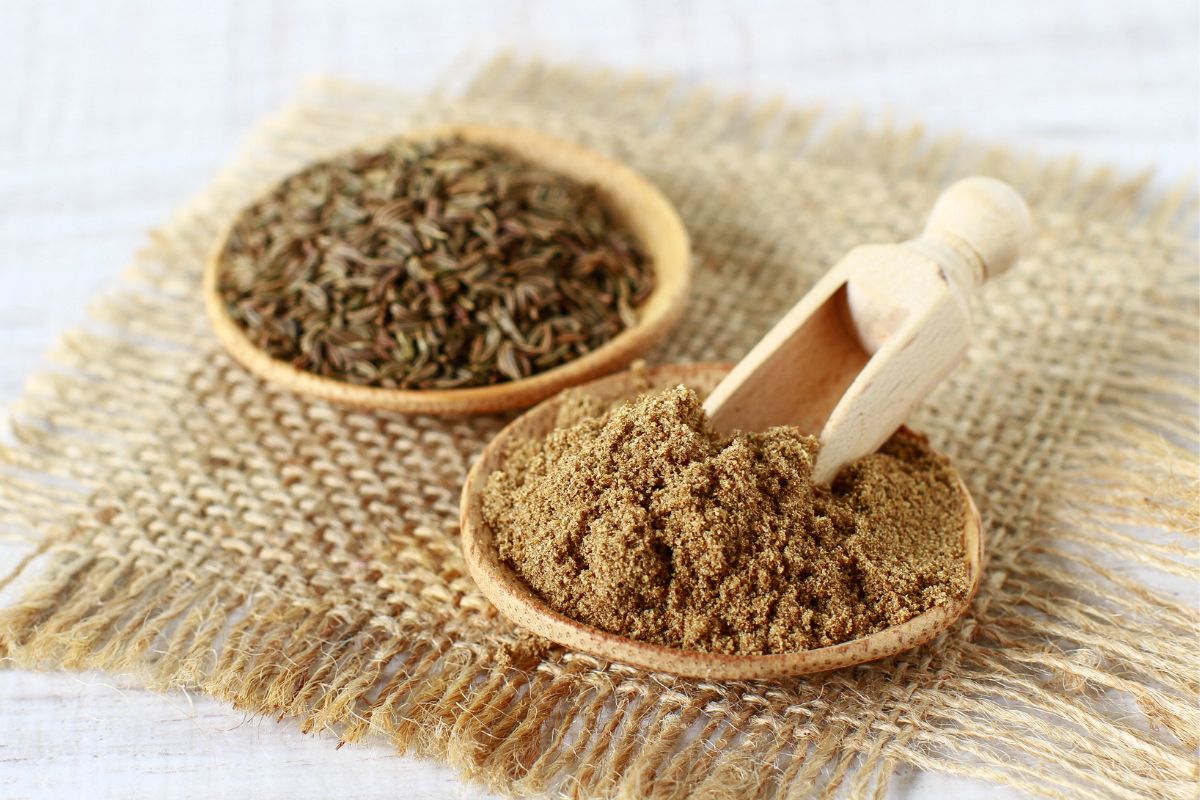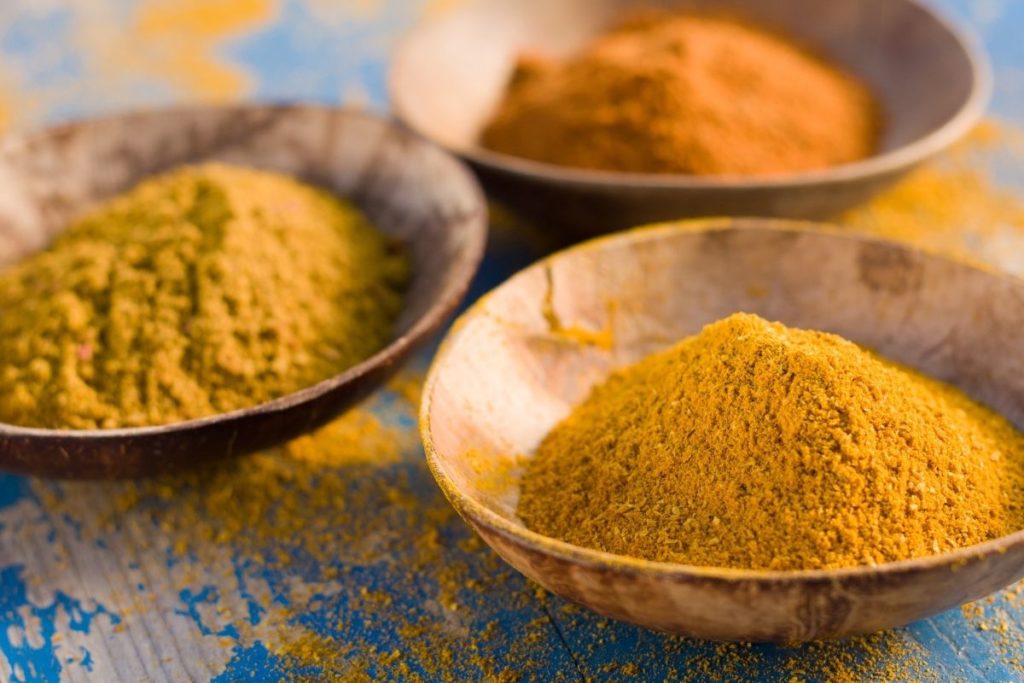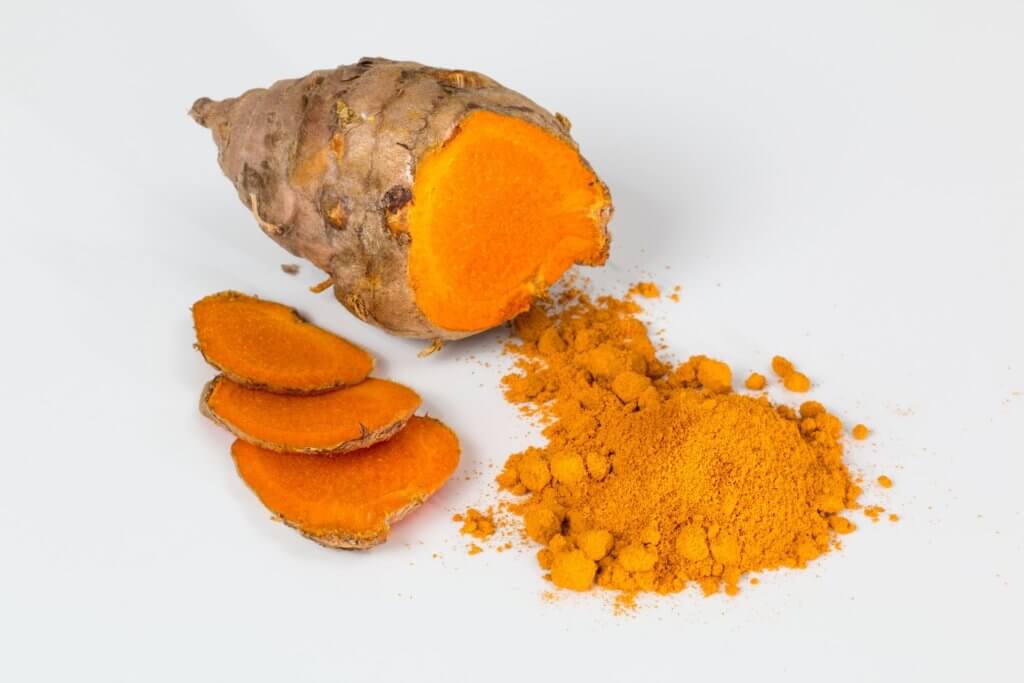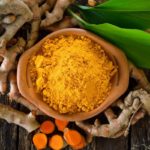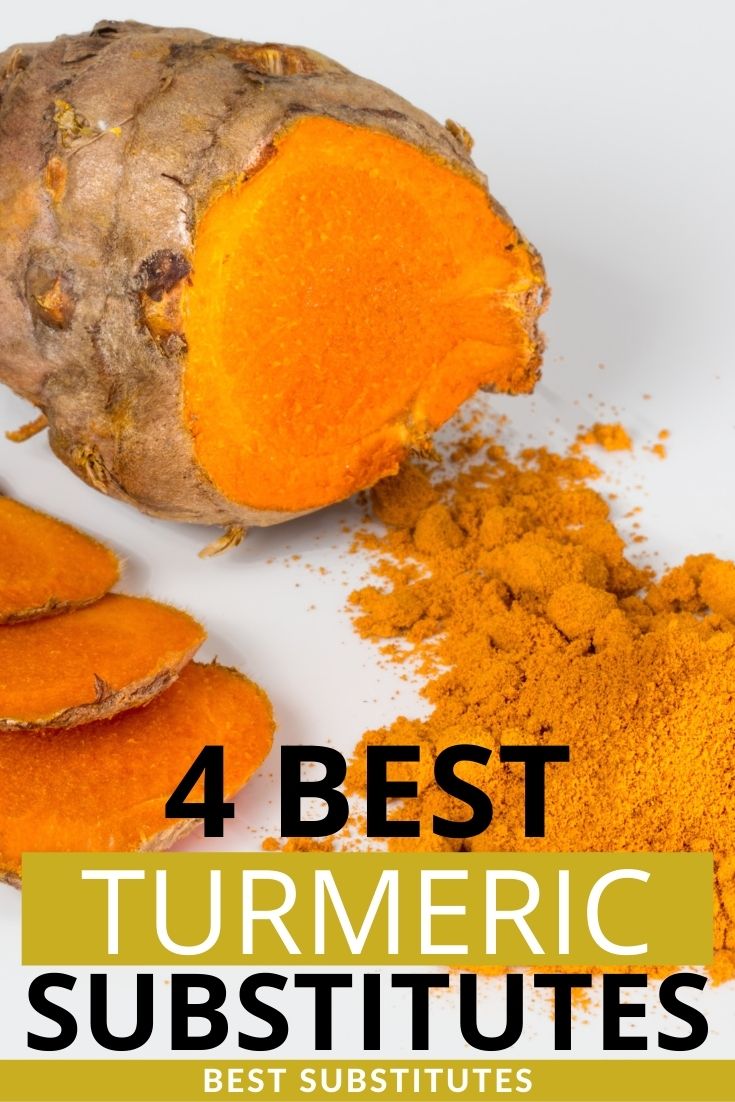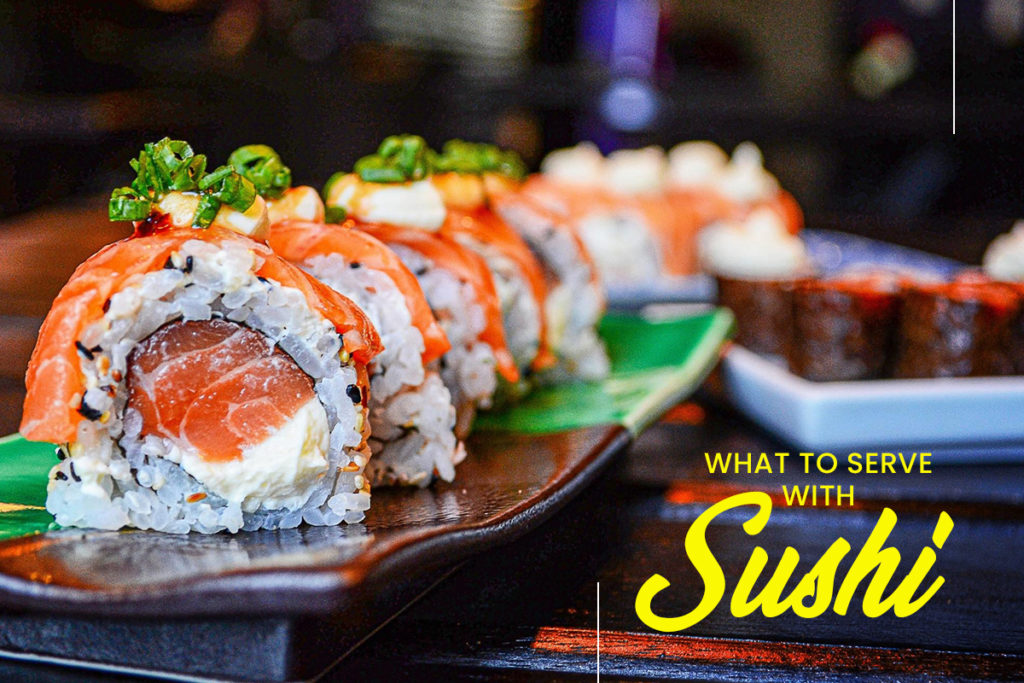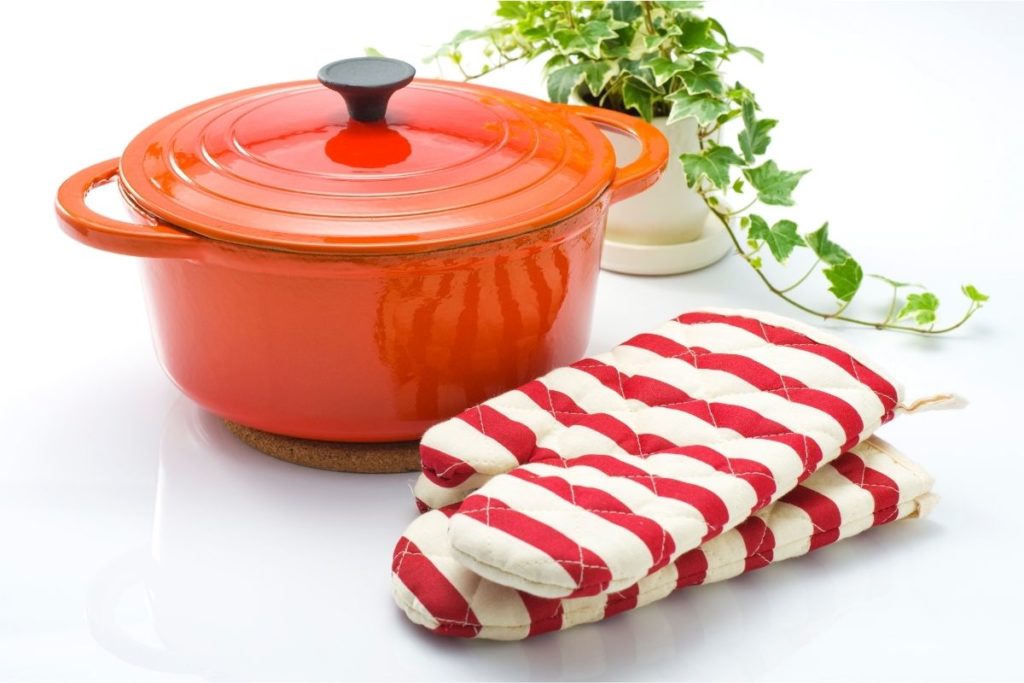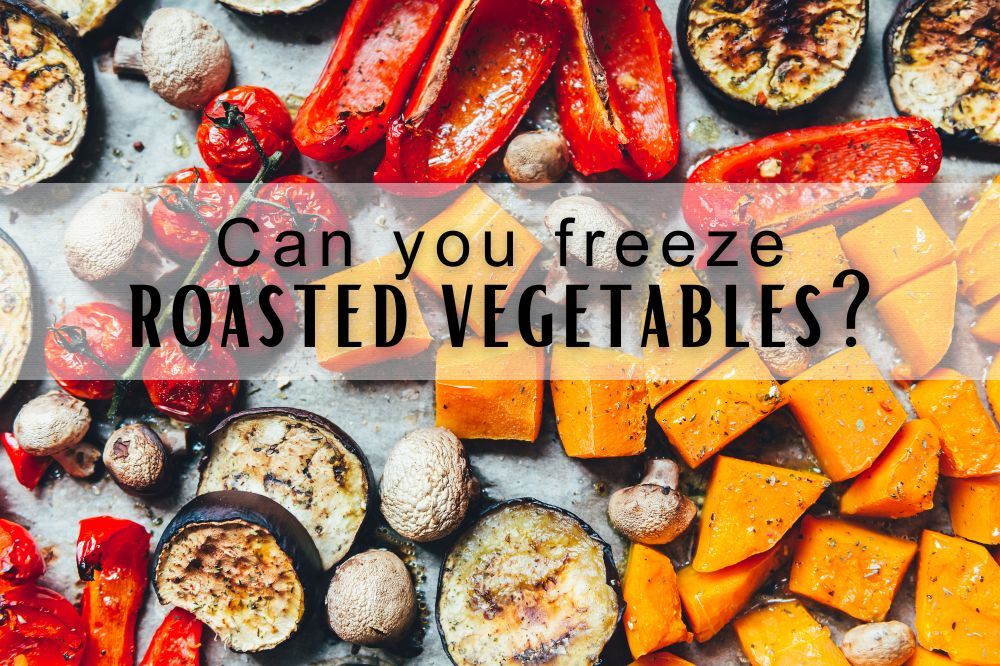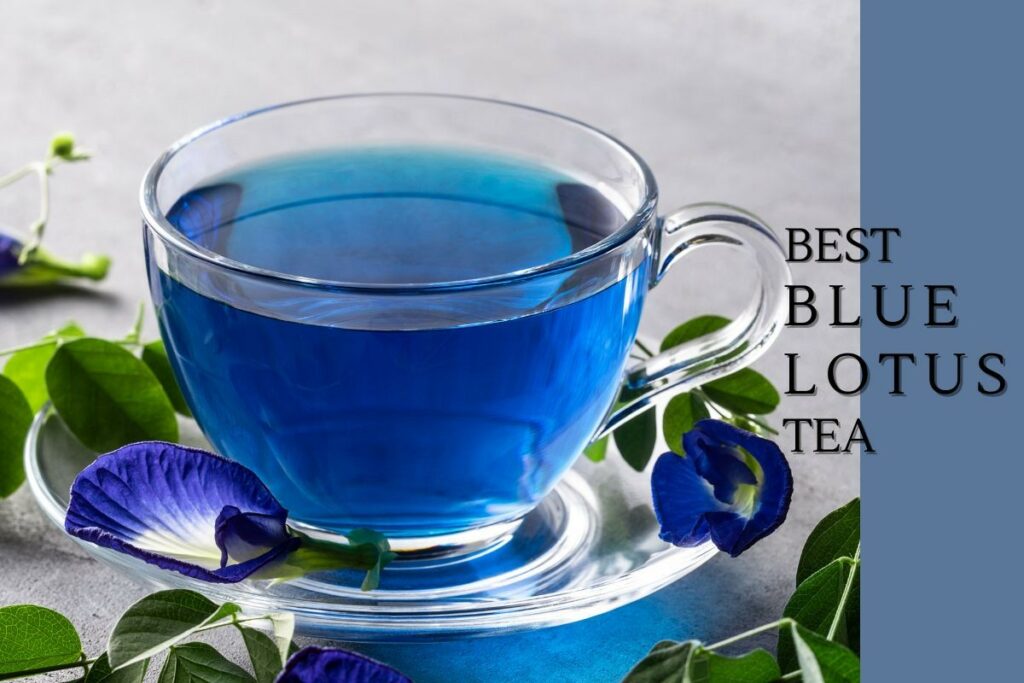4 Best Substitutes for Turmeric (Updated 2025)
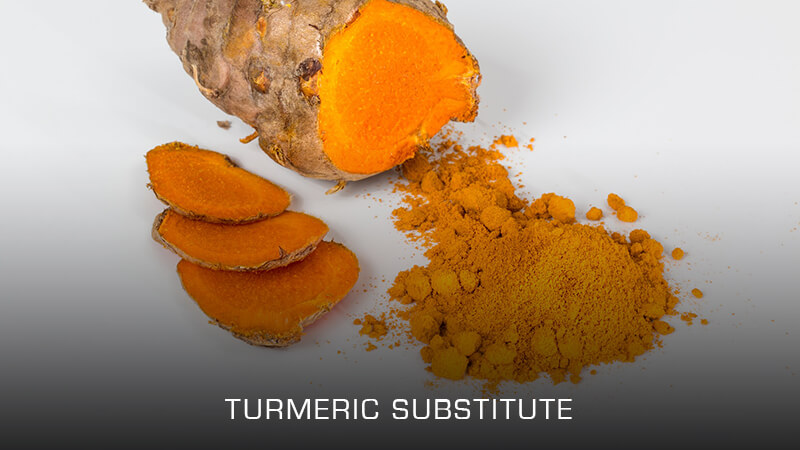
Do you need a great substitute for turmeric? Let’s find out…
Fond of eating hearty and comforting Indian curries at the end of a long week? If so, chances are you’re familiar with the distinct yellow color of these dishes.
You can thank turmeric for this wonderful color and its deliciously earthy and slightly spicy (and addicting) taste. In fact, you can even find this ingredient in mustard.
Today, health and fitness enthusiasts have discovered the benefits this root crop has to offer. From its anti-inflammatory effects to its antioxidant compounds, turmeric is changing the culinary game.
Unfortunately, turmeric is quite hard to come by in some parts of the world, especially in North America and in colder climates.
However, there are numerous substitutes that can still help you replicate the unique flavor of turmeric. Find out some of these below.
Best Turmeric Substitutes
In the event you have a difficult time finding dried or fresh turmeric in your supermarket, there are worthy alternatives to consider. Check these out.
1. Ginger
As the closest relative to turmeric, ginger makes a great and accessible alternative. Not only does it have antioxidants and anti-inflammatory properties, but its flavor profile is also similar to turmeric.
With a sharp, pungent, and slightly spicy taste, ginger can be a worthwhile turmeric substitute. However, since fresh ginger is more potent, it’s advised to use this spice sparingly.
You know what they say, a little goes a long way.
2. Cumin Powder
Cumin has a slightly stronger flavor compared to turmeric, although you will frequently find them used together in dishes.
Like ground turmeric, cumin has a warm, earthy flavor that comes with a hint of sweetness and bitterness.
Because it has similar attributes, using cumin in place of turmeric will work, especially as it gives off a similar aroma upon cooking.
3. Curry Powder
Curry powder makes for a quick fix. While this may seem like cheating, you actually are just going for what’s convenient and accessible.
After all, curry powder is comprised of turmeric powder blended with cumin and even chili powder. If you are making a curry dish, go ahead and reach for this.
However, if you are going in another direction, you might want to use it in smaller amounts as curry powder can impart a much stronger mix of flavors than turmeric alone.
4. Saffron
Considered one of the most expensive spices in the world, saffron is a great turmeric substitute, especially as it gives a similar color or dye to a dish.
Saffron also bears an earthy and somewhat grassy taste, with a sweet and bitter flavor complementing any dish.
What is Turmeric?
First of all, one look and you can already see that turmeric bears similarities to ginger. You are correct. Both come from the same family of rhizomes or roots, so you could say that these varieties are cousins. T
The plant is normally grown and cultivated all throughout India and the Southeast Asian regions, as well as places where warmer climates reign supreme, such as Central America.
Additionally, the plant thrives in places with abundant rainfall.
As mentioned, the appearance of fresh turmeric shares similarities with ginger, with paper-thin skin and a slightly wrinkled and knobby finish. However, its insides take on a more orange color.
Its dried counterpart, on the other hand, tends to have a more yellow tint that helps color mustard and curries.
In fact, its color stains the food and almost anything it comes to contact with – even clothes.
Although coming from the same ginger family, turmeric’s flavor profile is the perfect cross between earthy and sweet.
The natural sweetness of the root cuts through its slightly bitter and musky flavor. At times, it also takes on a hint of peppery taste.
Its ground and dried form, however, is more pungent and potent, with more intense flavors than its raw counterpart.
Healing Properties and Benefits of Turmeric
Aside from its raw form, you can also find turmeric made into teas, capsules, tablets, and even extracts. There are also turmeric pastes and powders available on the market.
The reason why this ingredient is widely regarded today is that it is said to contain medicinal and herbal properties, with the curcuminoid compound at the helm.
With curcumin as the main active ingredient in turmeric, it is said that the spice is great not only for improving digestion but also boosting anti-inflammatory effects within the body.
Some studies show that turmeric contains strong antioxidants, making it an effective tool for helping treat and defeat cancer, diabetes, surgical pain, and even memory loss.
But, to make bodily absorption effective, individuals must also consume black pepper.
The Bottom Line
Turmeric is a versatile spice that can be used just about anywhere. From lattes to desserts to savory dishes, this ingredient is undoubtedly at the top of its game.
Remember when using turmeric substitutes, it’s best to envision your end goal and ensure that the flavor profile of your replacement will complement other ingredients in the mix.
Happy cooking!
Print4 Best Turmeric Substitutes
Check out these great substitutes for Turmeric that have been shared on Pinterest.
Instructions
- Click on each link above to view the pin.
- Learn more about the ingredient.
- Purchase the ingredient.
- Add a substitute to your recipe =)
you may also like
well hello there!

Hi, I'm Linda thanks for stopping by! We're so happy you're here. If you're a foodie and love to cook from home - you're in the right place..
LEARN MORE
free newsletter
Join the mailing list and receive our free newsletter!
recent posts
let's be social
search site
Recipe Marker
Recipe Marker provides you with the best information about home cooking tips, recipes, ingredient substitutes and more. Check out our blog to see the latest articles.
Copyright © 2024 Recipemarker.com | All Rights Reserved | Privacy | Disclaimer | Contact
